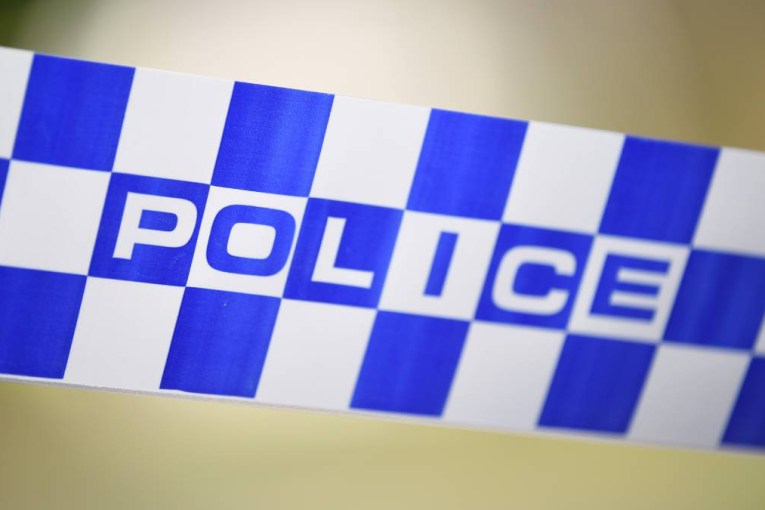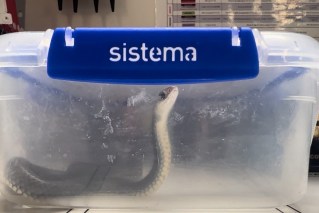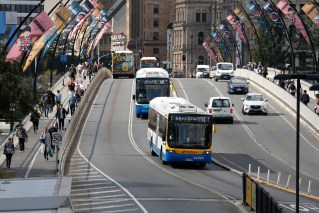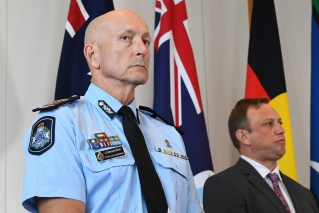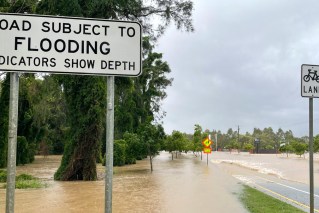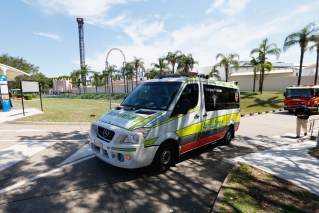Rent caps on the table as Queensland confronts housing crisis
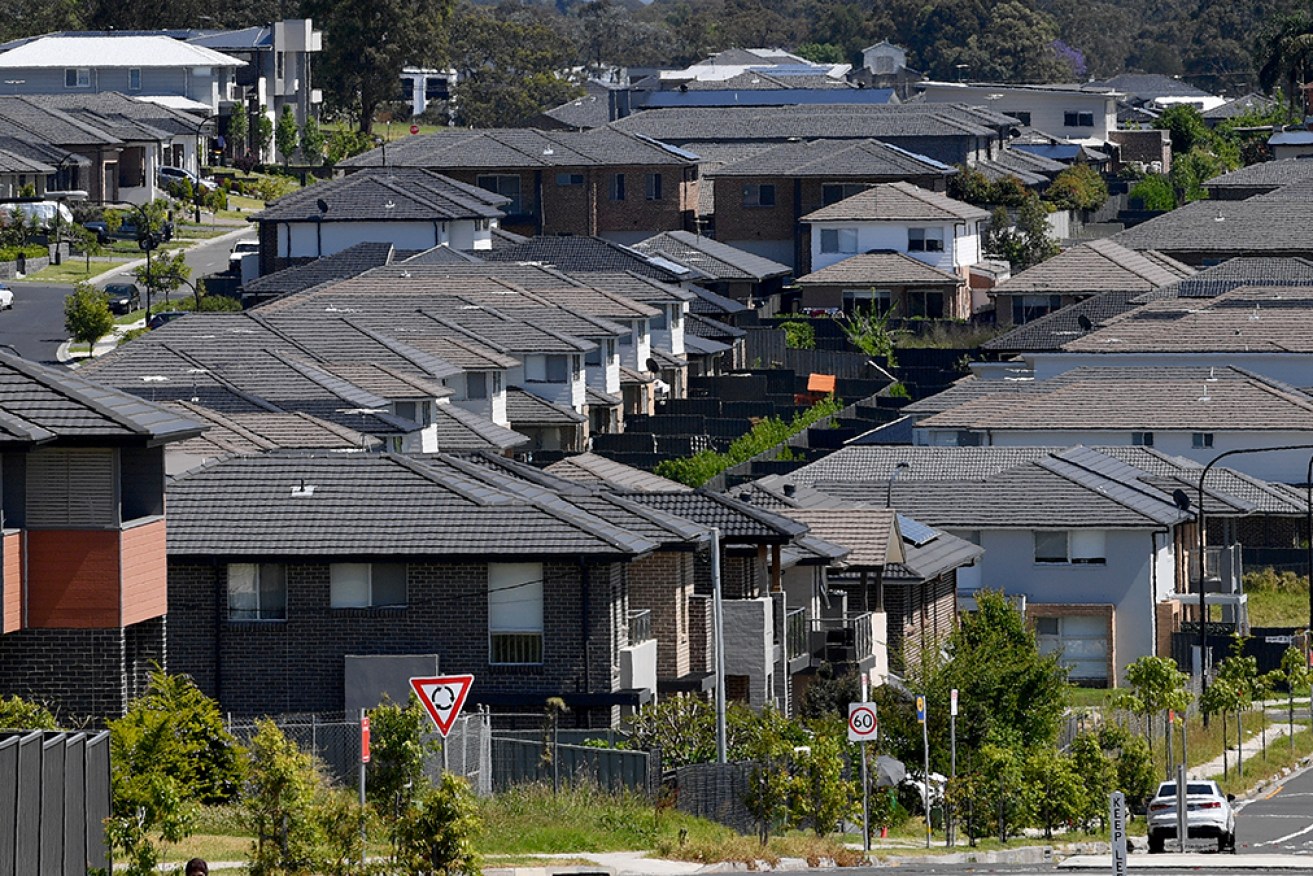
Photo: AAP
Limits on rent increases could be on the agenda for Queensland as a new report shows the extent of the housing crisis.
Of 150,000 households under housing stress, about 100,000 would typically be eligible for social housing, a report commissioned by the Queensland Council of Social Service (QCOSS) says.
This figure is almost four times the social housing wait list of about 27,000.
Average wait times for social housing are more than two years and the issue is especially pronounced for families with children, QCOSS chief executive Aimee McVeigh says.
“We have hundreds of thousands of people, many of whom are children, waiting for social housing for more than two years,” Ms McVeigh told ABC Radio on Monday.
Much of the pressure stems from a skyrocketing rental market that has seen “the worst inflation of any place in Australia”.
Median rents rose 80 per cent in the central Queensland city of Gladstone, 51 per cent in Noosa and 33 per cent on the Gold Coast over the past five years.
During that time, the proportion of private rentals considered affordable for low-income households halved from 26 per cent to 13 per cent.
Premier Annastacia Palaszczuk confirmed rent caps are on the agenda for a meeting of government, industry and advocacy groups next week.
“I understand that this is a big issue for families, they are constantly being faced with huge increases in rent,” she told reporters on Monday.
“We’re looking very seriously at how a rental cap can be put in place.
“There has also been around eight or nine … interest rate increases. That is really adding to people’s stress.”
Discussions are also under way to lessen the effect of the national rental affordability scheme’s phase-out over the next two years.
About 5000 Queensland properties are part of the scheme that reduces costs for low-to-medium-income households, and the state government “stands ready to purchase those houses”, the premier said.
“Where the federal government is stepping out, we are stepping up.”
Housing stress is partly due to high levels of interstate migration and Ms McVeigh said international migration is predicted to return to pre-pandemic levels this year.
Pressure on homelessness services is also markedly higher in the Sunshine State.
Homelessness in Queensland is estimated to have increased 22 per cent in the four years to 2021-22, compared with a national average increase of eight per cent.
– AAP
